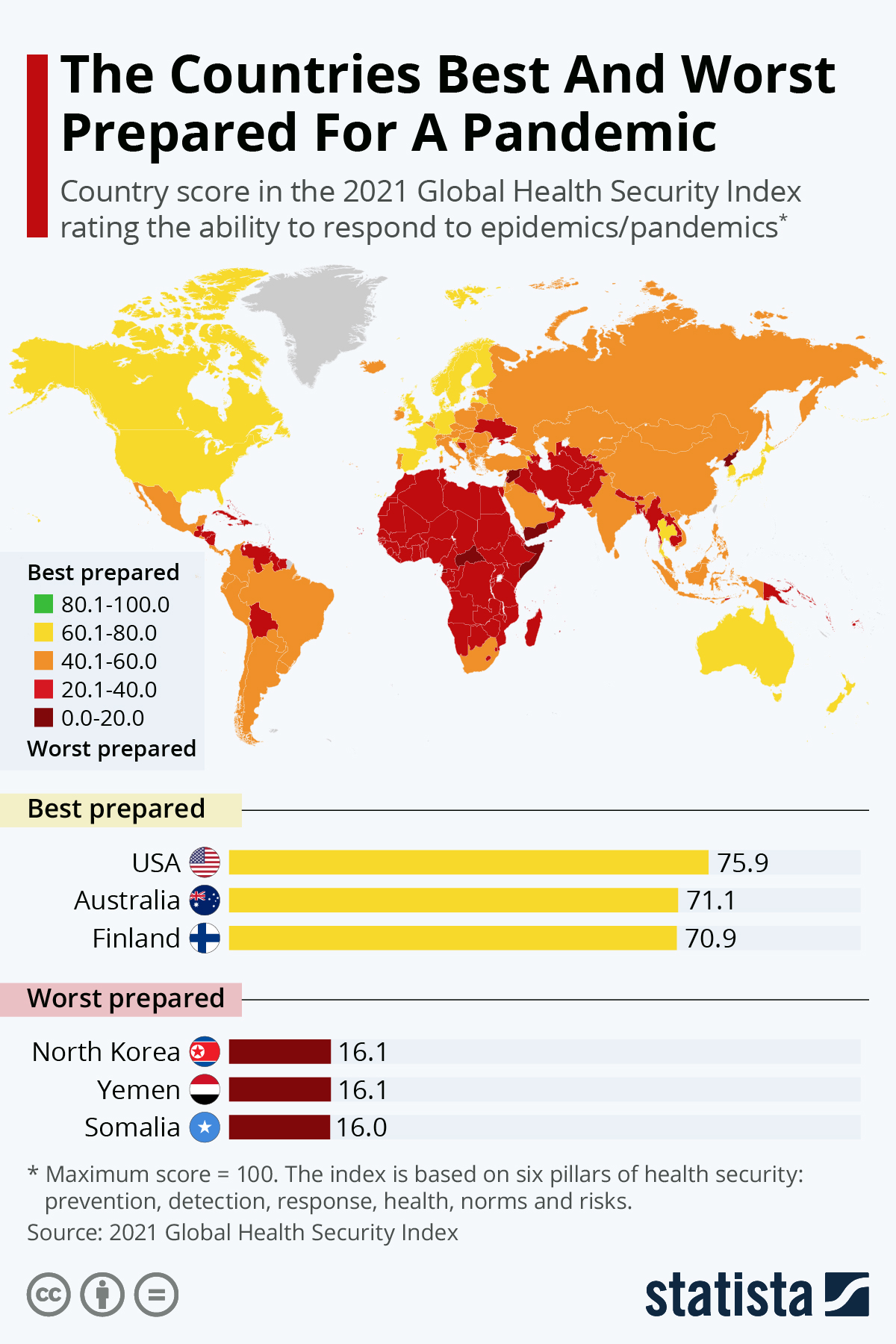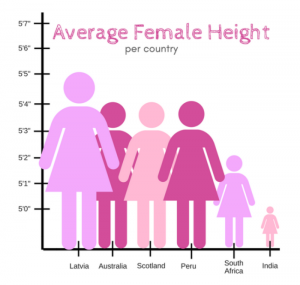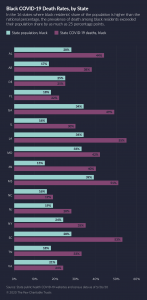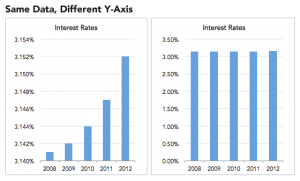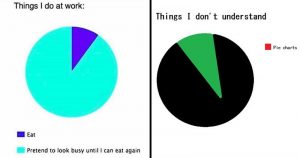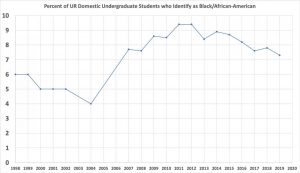One of my favorite data visualizations (more so subject of data visualizations) has got to be the self-reported “life satisfaction” graphs and charts we so often see when trying to compare countries and the wellbeing of their citizens. For example, for this post, let’s take this global map from the “World Happiness Report”
This map is so interesting to me because it is color coding each country on a scale from 0 to 10 based on how “happy” the overall population of each country is. However, this is super unreliable, and not just because self-reporting itself is unreliable and tends to skew data in the first place. It’s also unreliable because we may think two different ways, which neither of are true:
- The places in the red and orange are unhappy with life because their country and government has made them unhappy
- This country is in the red/orange because it is coincidentally full of unhappy people and attracts unhappy people.
And then we can say the same for the “happier countries” using those two conclusions as well. In reality, there is a LOT more that goes into these maps and there is much more thorough reasoning as to why, according to the World Happiness Report, some countries are overall “happier” than others. Again, it’s important to be skeptical of this whole concept of self-reported happiness as well, because people oftentimes lie and skew the data. For example, if someone whose data was collected for this project wanted to make their country look better, they may fib and say that they are more content than they actually are. It’s important to look at maps like this one critically and not just take it at face value because there’s a lot more that goes into it than meets the eye.


